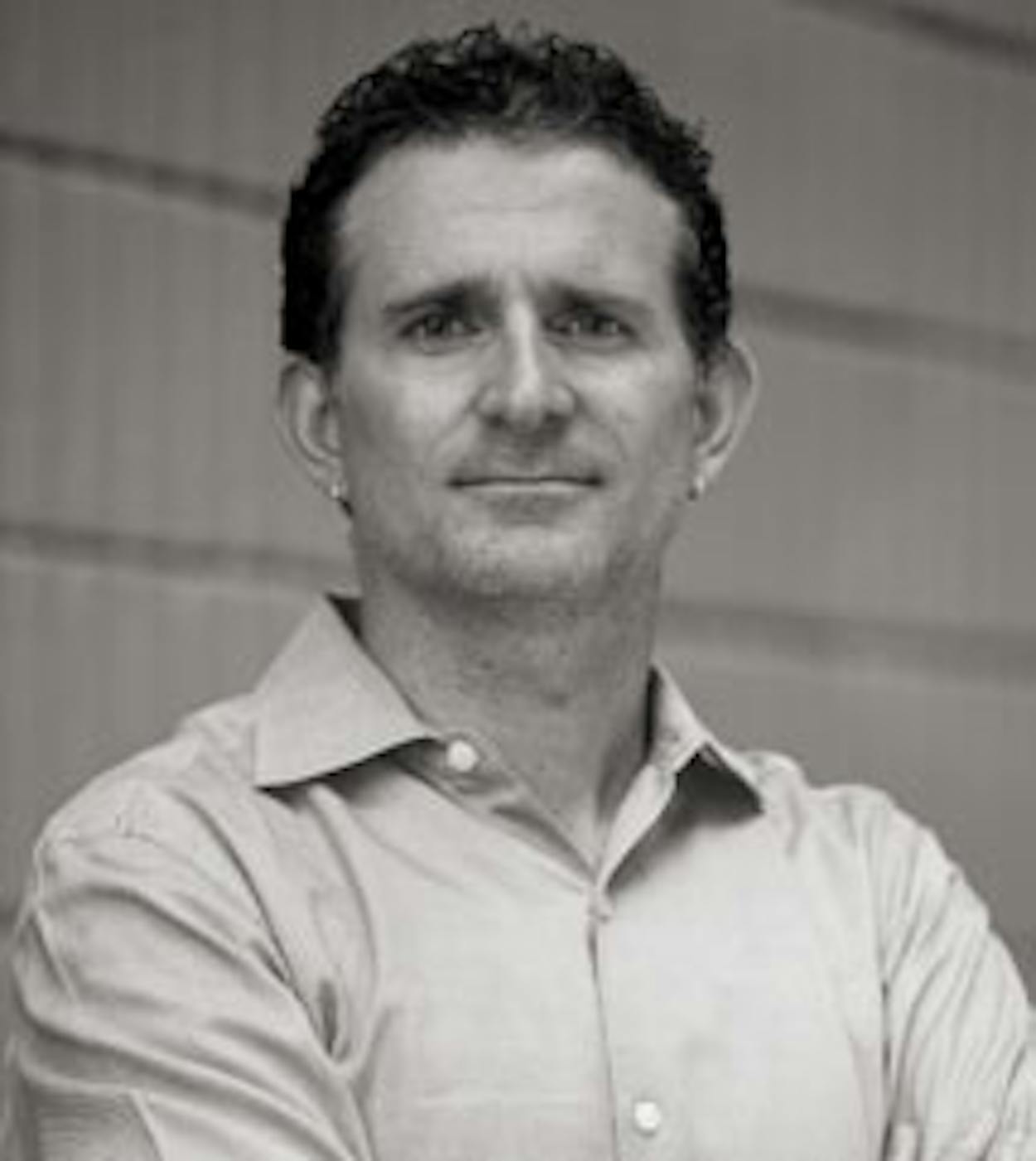In Texas Tough, the Yale-trained historian looks at the explosion in modern America’s prison population. He finds the Texas penal system setting the pace in both the number of prisoners and the harsh conditions of their imprisonment, with the occasional surprisingly positive development. Perkinson is a professor of American studies at the University of Hawaii. This is his first book.
When and why did you become interested in prisons, perhaps the most unpleasant aspect of the criminal justice system? My mother’s parents were white Mississippians opposed to segregation—a rare breed—so I was always interested in race relations and civil rights. In college I started thinking about the politics of incarceration. During the administration of the first President Bush, the drug war was in full swing and prisons were going up faster than Walmarts. In many states, prison expenditures surpassed higher-education spending, so I focused my graduate school research on criminal justice and discovered that prison populations, historically, correlate only weakly with crime rates and that the rise of imprisonment since the seventies has been concentrated overwhelmingly among young African American men, a trend unexplainable by criminal offense data. My questions led me back to the South, where the growth of imprisonment has been most intense, and finally to Texas, which, in the prison field, is where the real action is. Texas is ground zero in America’s prison boom.
If not crime rates, what factors do you find relate to rates of incarceration? Over the course of the twentieth century, crime rates have sometimes risen with imprisonment rates; other times the opposite has occurred. Pundits claim that increased incarceration caused the crime drop of the nineties, but this ignores the long-term data, as well as international comparisons. In Canada, for instance, crime similarly fell in the nineties but with no incarceration boom. Crime can’t explain the fact that the U.S. imprisonment rate has quintupled since the seventies and that the United States now manages the largest penal system on earth, with 2.4 million Americans under lock and key. I think a political shift is responsible. In the sixties, conservatives, especially in the South, turned to crime as a galvanizing issue as they ceded ground on civil rights. As schools and neighborhoods were integrated, policing and penalties grew more intense. Mass incarceration is thus a product of the conservative counterrevolution that reshaped American politics from 1968 forward.
Isn’t it a good thing that 2.4 million criminals are off America’s streets? Yes, criminologists call this the incapacitation effect. It works better than deterrence and has been more politically fashionable than rehabilitation. But incapacitation has serious limitations. First, it works only while inmates are actually behind bars. Second, there are moral and practical problems in justifying penalties based on what inmates might do rather than what they actually did; in practice, incapacitation becomes a kind of preventive detention. Third, caring for potential criminals in cages is just about the most expensive crime prevention program imaginable.
What made Texas unique among the states in terms of the prison boom? Bigger and badder. Texas’s prison population is around 173,000, a figure that should surpass California as number one in the country when official statistics are released later this year. Texas also leads the nation in prison privatization, supermax isolation, and, of course, lethal injections. The state’s per capita imprisonment rate —639 per 100,000 residents—recently dropped but is still among the top four states’. But Texas is also interesting because of its contradictions. It’s a law-and-order state that has nonetheless produced remarkably powerful penal reform movements, including a nearly successful campaign by suffragists to turn Texas’s prisons into clinics in the twenties and the convict writ-writer movement of the seventies. Texas is important because it stands for the nation as a whole. If New York and California once served as the country’s bellwether states, Texas does today. Metropolitan Books, $30
Read a Sample Chapter from Texas Tough Chap. 1: Prison Heartland (PDF)







